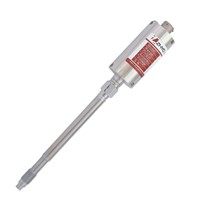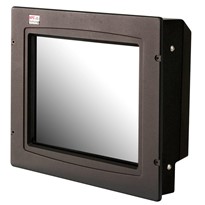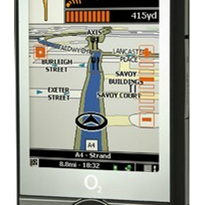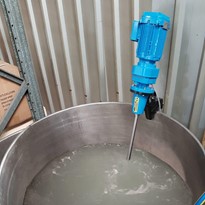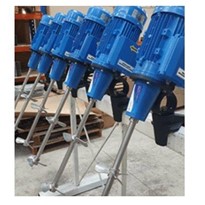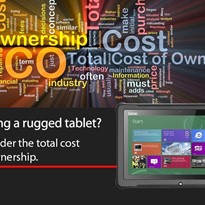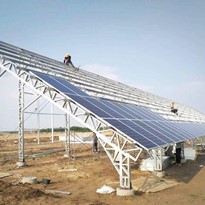Manual Vs Satellite Data Collection Costs
Take the example of a Queensland mine that is required to conduct regular measurements of the water levels of a bore and provide reports to their state's environmental protection authority.
The mine has as automated monitoring system but it is not equipped with satellite communications. Without satellite communications, the mine's environmental engineers must regularly visit the bore to download the data manually.
The bore is difficult to access and part of the journey from the site office needs to be done on foot, resulting in a round trip of over two hours. Safety requirements specify that at least two people must travel to the bore together. Due to these difficulties, the mine is only collecting data once per month, leaving them exposed to a significant environmental risk.
Furthermore, the automated monitoring system occasionally fails and this can go undetected until the next scheduled visit from the environmental engineers. When this happens, there is no data available for download, rendering the entire process pointless and expensive.
"Satellite data is too expensive. We simply can't afford to add it to our monitoring systems."


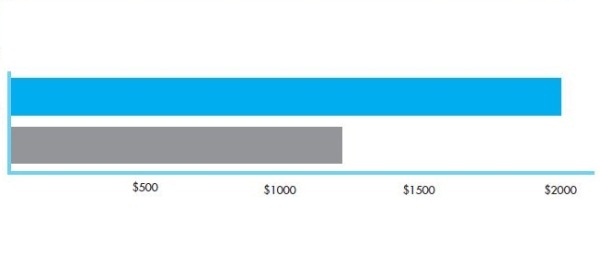
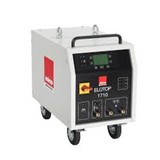








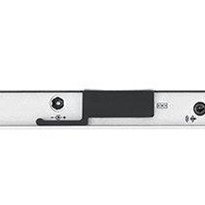
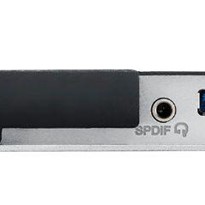
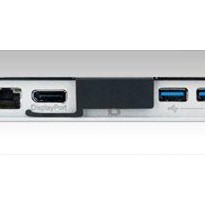
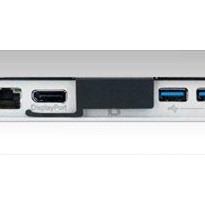
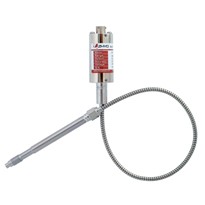
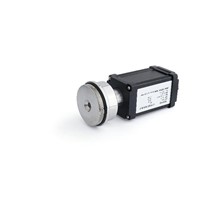
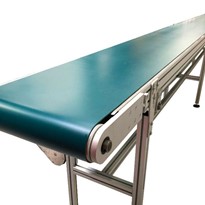
-205x205.jpg)
